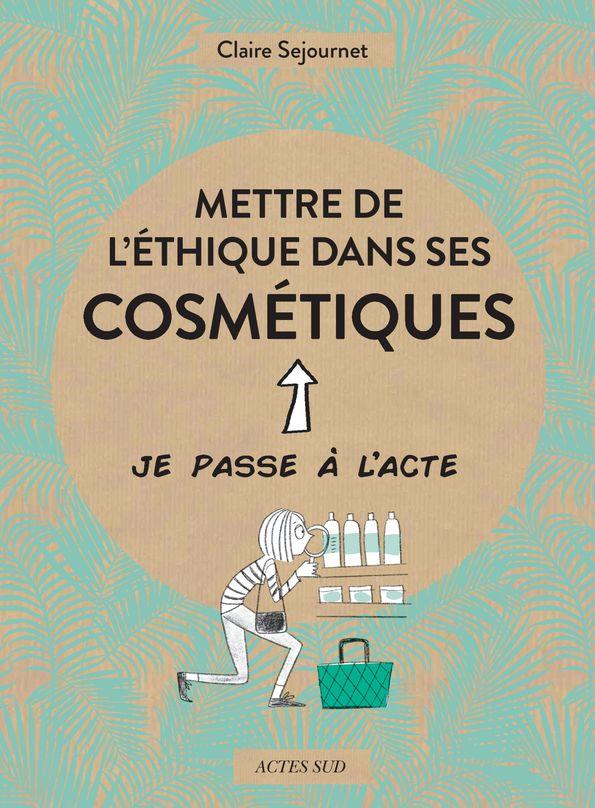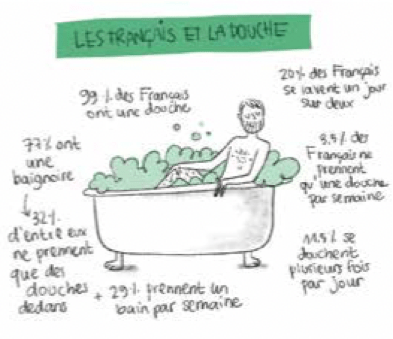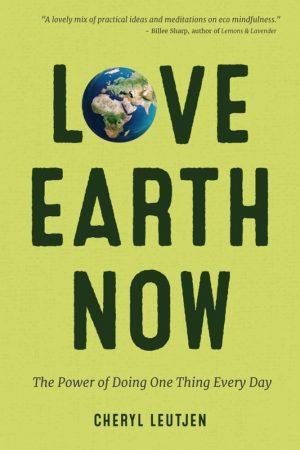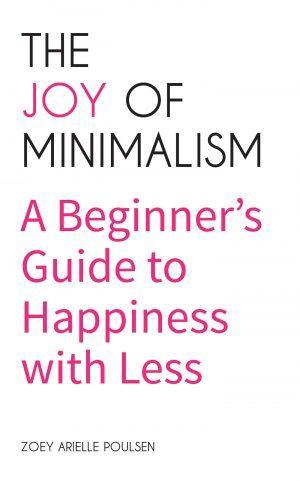Putting ethics into cosmetics
0,00 €
| Language of origin | |
|---|---|
| Infos : | 14 x 19 cm |
In the course of an average day, we may apply up to twenty different types of cosmetics to our bodies: soap, shampoo, toothpaste and deodorant. For men, we might add hair gel and shaving foam, while women may also use cleansing lotion, moisturizer and make-up. Cosmetics have become part of our restroom furniture but does anybody ever wonder where they come from, what is in them, and what their impact on our health and on the environment might be. Many cosmetics are created using known allergens or substances that disrupt the endocrine system. Others are made from gasoline by-products.
In the early 2000s, people began to realize cosmetics’ impact on health and on the environment and increased efforts were made to create products that were healthy for both the body and for nature. So, the first organic cosmetics crept onto the market, products that reassured consumers due to their guarantee of quality, their respect for the environment, and their intrinsically healthier approach. It barely needs saying: buying organic is the simplest way to put ethics into cosmetics.
Health however is not the only issue at stake; there are also considerations of animal welfare, zero-plastics, zero-waste and the rediscovery of traditional savoir-faire to take into account.
Claire Sejournet invites us to look at our consumer habits and to help us consume differently with greater respect for our health and for the environment. Without sacrificing quality or pleasure both of which are essential when it comes to cosmetics.







